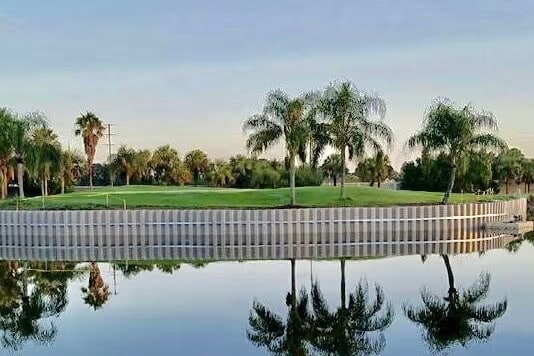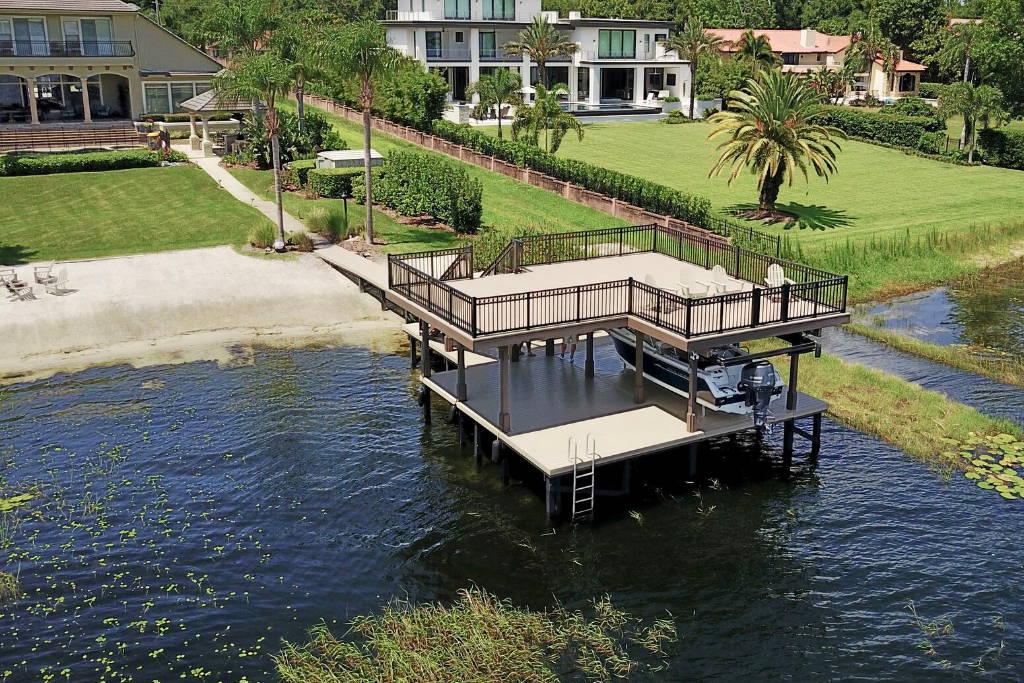Seawalls and Boat Ramps
Seawalls and boat ramps are crucial infrastructure elements, safeguarding waterfront properties and providing essential access to waterways.
These structures play a vital role in coastal and lakeside communities, combining functionality with environmental stewardship. Seawalls are engineered to combat erosion and shield landscapes from the relentless forces of water. At the same time, boat ramps offer recreational enthusiasts, fishermen, and boaters easy entry to rivers, lakes, and seas.
Seawalls and boat ramps work together to enhance the connection between land and water, providing protection, accessibility, and enjoyment of water resources.
Why Construct Seawalls

Q-ICE constructs seawalls for home, business, and municipal use cases.
- Homeowners: Seawalls protect their property from the damaging effects of erosion and flooding, help maintain or even increase the value of waterfront properties, and provide a sense of safety by protecting their homes and families from the unpredictable nature of water bodies.
- Businesses: Seawalls protect infrastructure from damage caused by erosion and storm surges, allow for the continuation of operations without interruption, and enhance the look and recreational value of coastal properties connected with tourism.
- Municipalities: Seawalls serve as part of a multi-prong strategy to protect roads, bridges, and buildings, play a role in flood management, and help preserve coastal environments.
Features of Q-ICE Built Seawalls
- Long-Term Durability: Using vinyl sheet piles and concrete caps, especially with the reinforcement of four #5 rebars per concrete cap, ensures that the seawalls are robust and can withstand harsh marine environments, significantly reducing the need for frequent repairs.
- Custom Engineering: Tailoring the construction to specific site conditions and client needs means that each seawall is optimized for its intended purpose, whether it’s coastal protection, erosion control, or property boundary definition.
- Enhanced Protection: The strategic installation of deadman anchors on 8-foot centers provides additional stability, offering superior defense against storm surges, high tides, and erosive forces, thereby safeguarding the land and structures behind the seawall.
Q-ICE Builders constructs one of the strongest seawalls in the industry. Period.
Benefits of Boat Ramps
Boat ramps are pivotal for marinas and enhance public access to waterways for municipalities.
- Business owners, particularly those in the boating, fishing, or recreational sectors, rely on robust boat ramps to facilitate smooth operations, attract clientele, and ensure the safety and efficiency of their services.
- Public boat ramps are essential for municipalities, promoting recreational boating, supporting local economies, and providing the community valuable access to water-based activities.
Construction of Boat Ramps

Concrete slab ramps, constructed from poured concrete, stand out for their durability and low maintenance requirements, making them an excellent choice for areas that anticipate high traffic and heavy use.
These ramps are adept at accommodating all types of watercraft, including large boats, and are a favored option in both public and private settings due to their robustness and longevity.
The quality, integrity, and compliance of these ramps are paramount. At Q-ICE, we carefully design and build to meet strict regulations and uphold the highest standards of safety, accessibility, and enjoyment of water resources.
Our commitment reflects a dedication to delivering well-constructed boat ramps that serve the boating community’s needs while promoting responsible interaction with aquatic environments.
Investing in high-quality boat ramps benefits businesses and communities and supports sustainability initiatives and the protection of natural resources for future generations to enjoy.
Seawalls and Boat Ramps FAQs
A seawall typically consists of a sturdy vertical or sloping structure made from materials like concrete, designed to withstand wave impact and prevent coastal erosion. Its basic components include a foundation that anchors the wall, the main wall body for deflecting waves, and a cap on top to provide additional strength.
The average lifespan of a seawall can vary significantly, typically ranging from 30 to 50 years, depending on factors such as construction materials, quality of workmanship, environmental conditions, and the level of maintenance it receives. Properly constructed and well-maintained seawalls made from durable materials in less harsh marine environments can sometimes last longer.
In Central Florida, a boat ramp should be between 10 and 15 percent. This range is generally optimal for allowing vehicles to launch and retrieve boats without the vehicle losing traction or the boat trailer becoming too submerged. Steeper ramps might cause vehicles to struggle, especially in wet conditions, while less steep ramps may require the vehicle to enter too far into the water to launch or retrieve the boat effectively.


